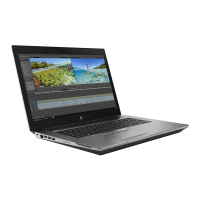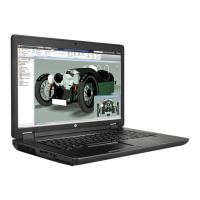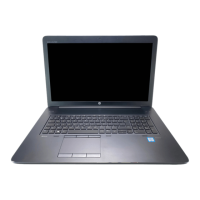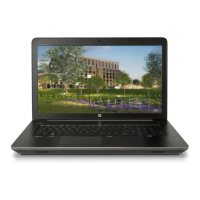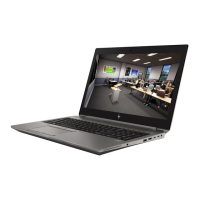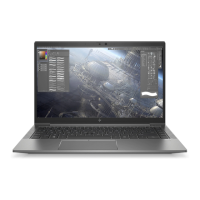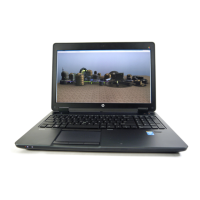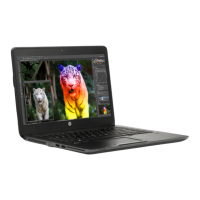I/O devices
Use this information to troubleshoot I/O device issues.
NOTE:
● Make sure external devices are supported and compliant (for example, USB Type-C, Thunderbolt 3, PCI
Express).
● If you have problems with external devices not provided by HP, contact device manufacturers for
compatibility and latest drivers before troubleshooting (for example, USB devices, Thunderbolt devices, PCI
express card reader, VGA, display, HDMI monitors, speakers).
● Be sure I/O devices are properly inserted into the I/O ports, and then be sure that Windows Device Manager
recognizes the I/O devices.
Keyboard
Use this information to troubleshoot keyboard issues.
Table 7-34 Issues, possible causes, and xes
Items Procedures
Symptoms
Keystrokes not recognized
Characters not matched
Possible causes
Dust trapped under keycap, loose keycap, loose keyboard connection, defective keyboard.
Troubleshooting steps
1. Inspect the keyboard for any signs of dust, liquid, or debris trapped under sticky keys that
might prevent keystroke recognition.
2. Check for incomplete connection between keyboard and system board by verifying that
caps lock or num lk light turns on when you press the key.
3. Verify whether the keyboard is recognized in Windows Device Manager, and verify
whether the keyboard driver is installed properly.
4. Test with a working external keyboard (such as a USB keyboard).
Also test in Windows for special keys (caps lock, shift, ctrl, fn, Windows, alt) if necessary.
5. Test with HP PC Hardware Diagnostics (UEFI) to isolate a hardware issue from a software
issue.
6. Verify that BIOS is up to date. If so, resetting BIOS to default may help.
7. Test with a veried working operating system, or restore the operating system to be sure
that the issue is not caused by items such as dierent language settings, sticky keys
feature, and so on.
8. Verify that keyboard ex cables are fully inserted and in good condition.
The following steps are for authorized providers and technicians.
150 Chapter 7 Troubleshooting guide ENWW
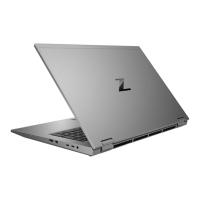
